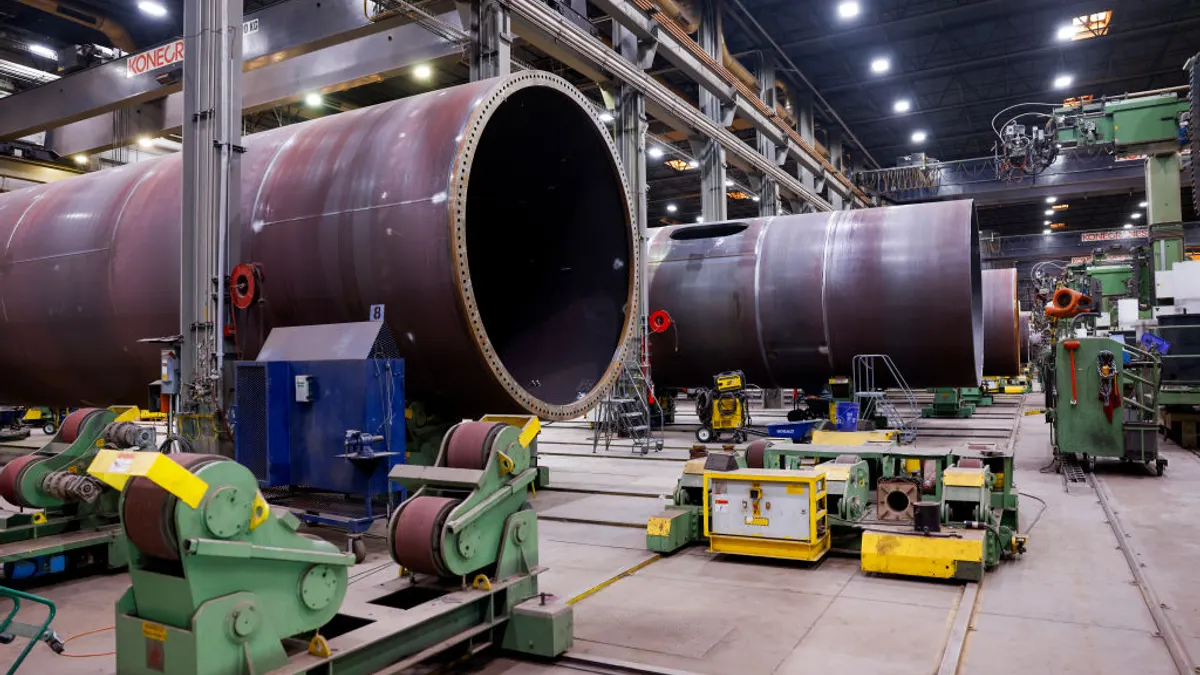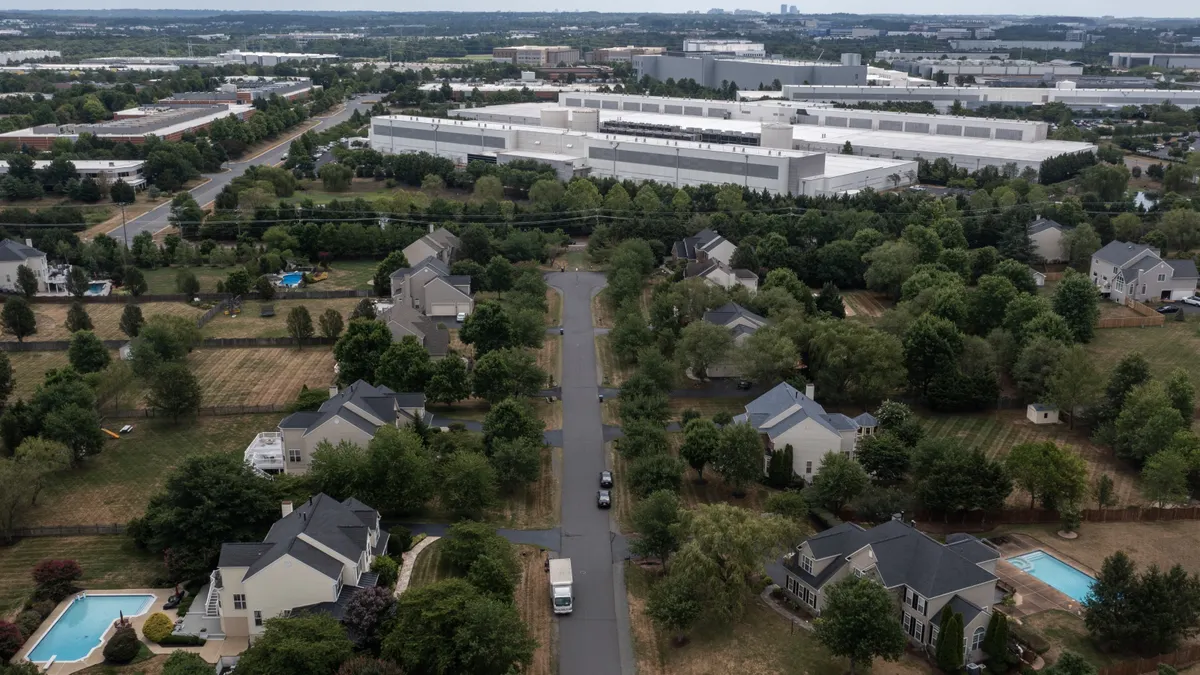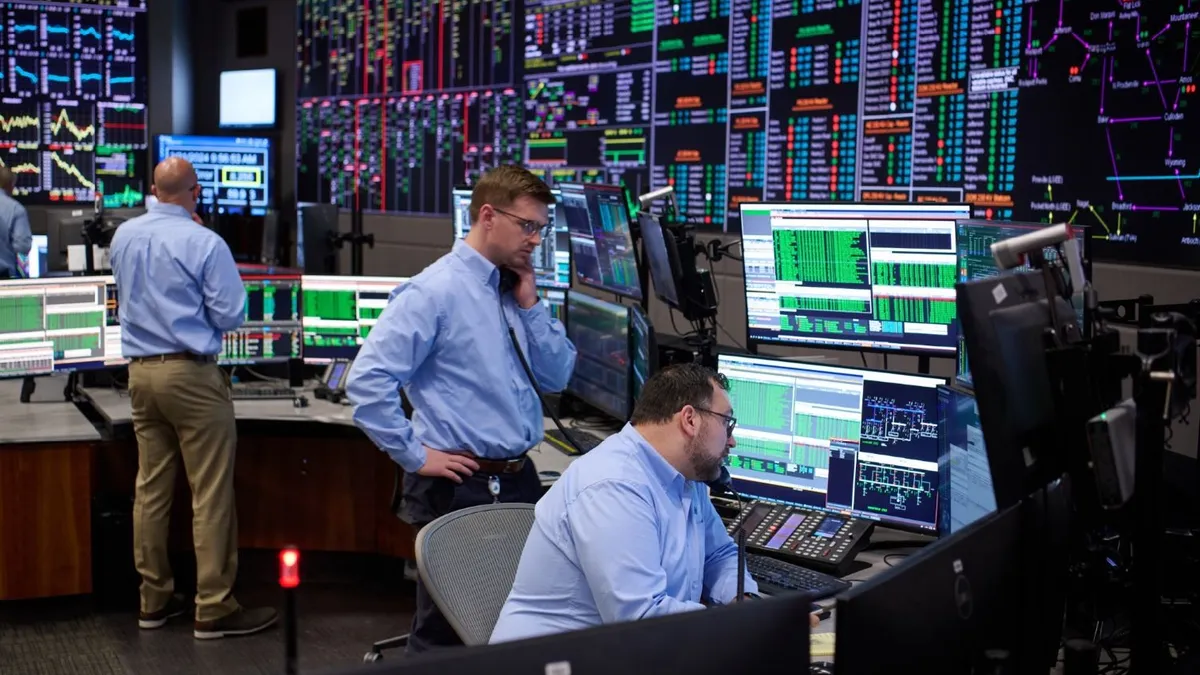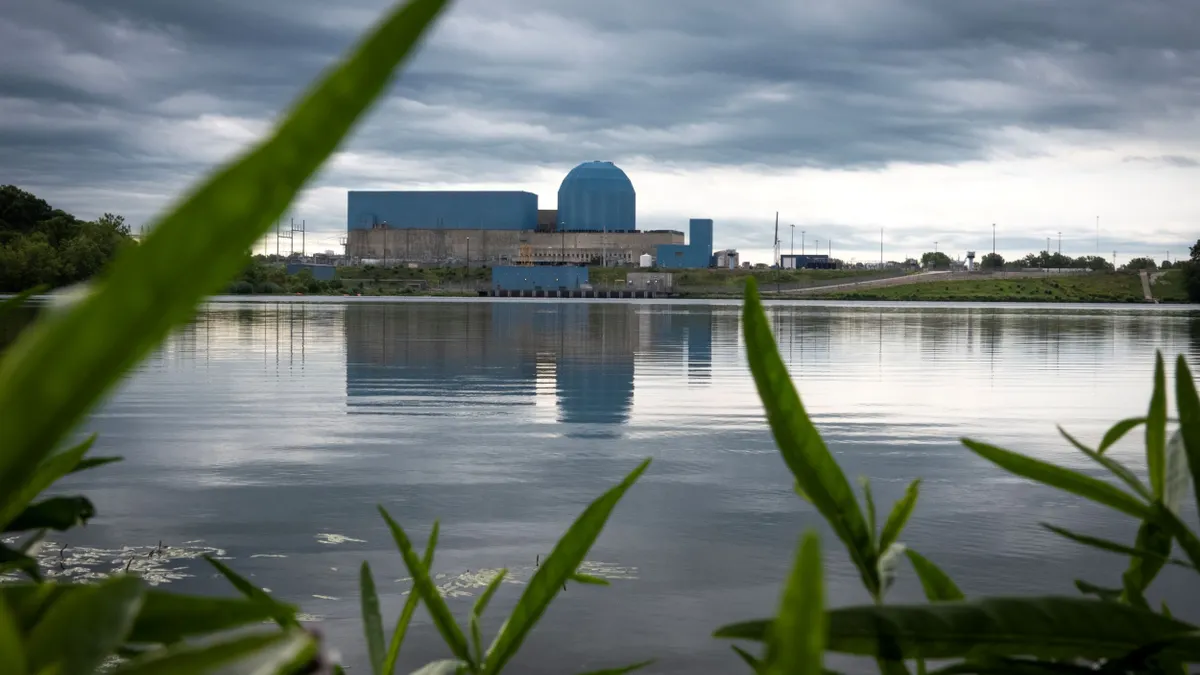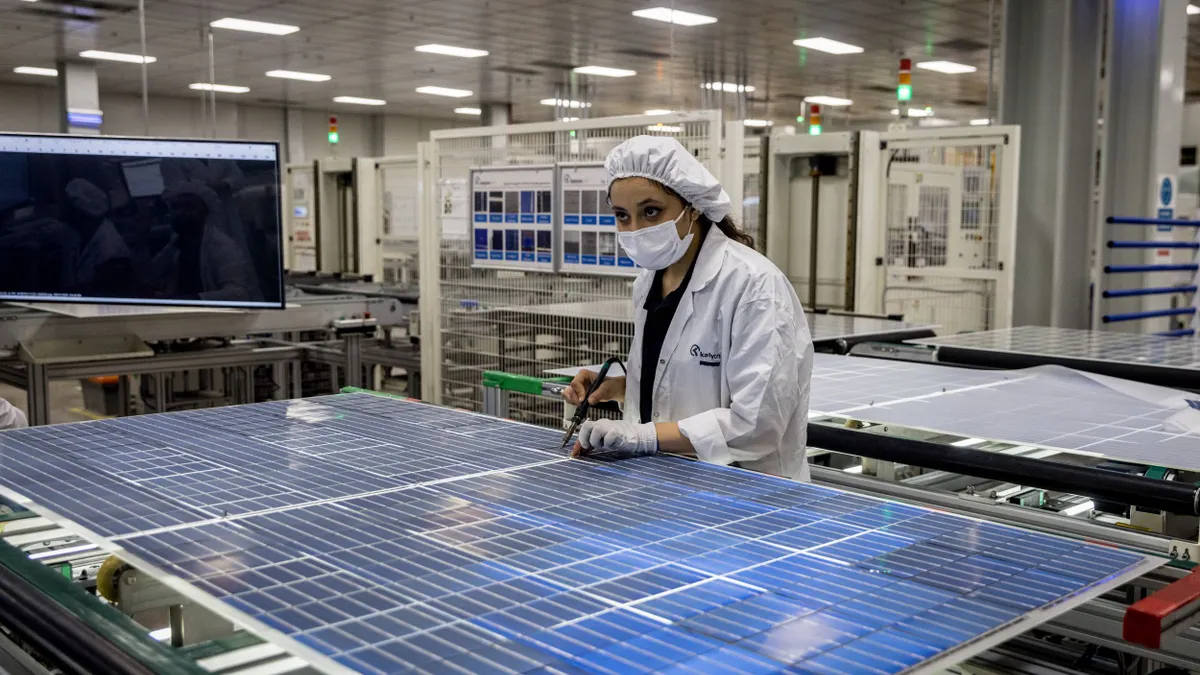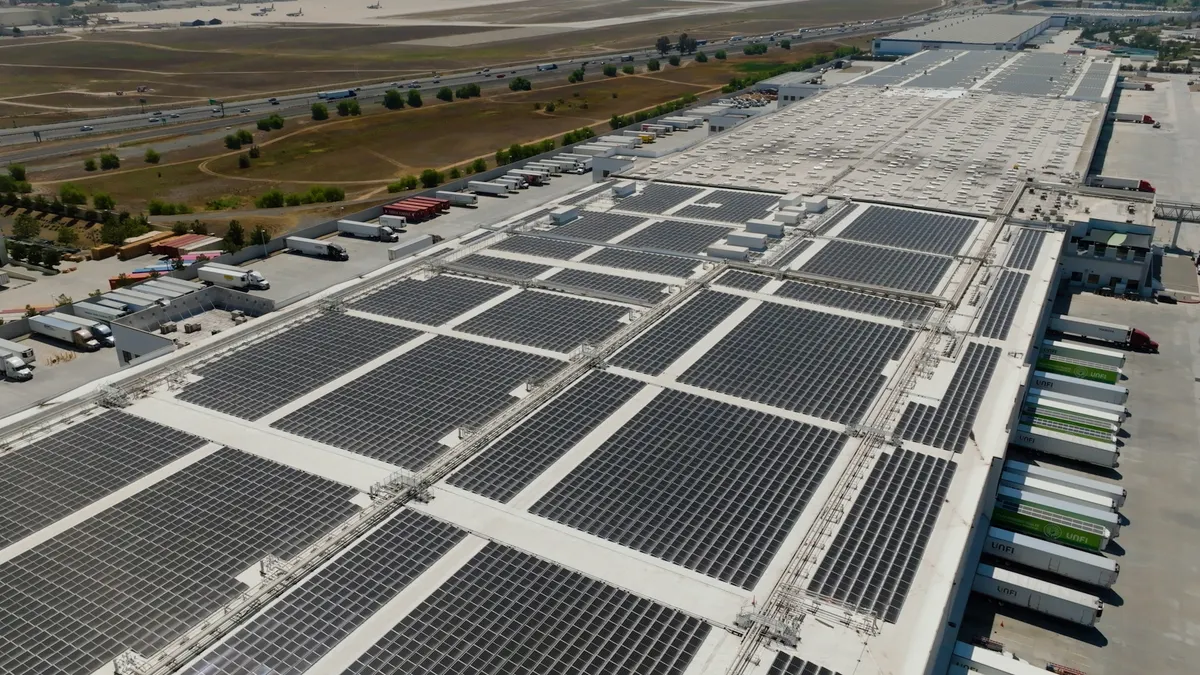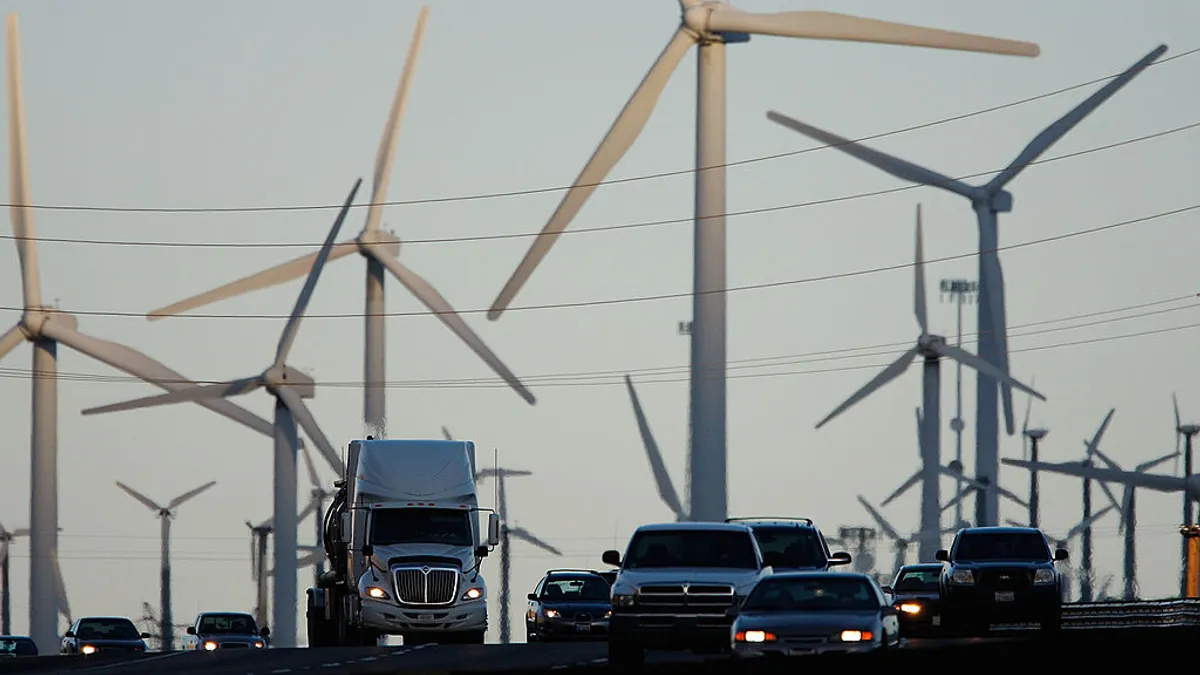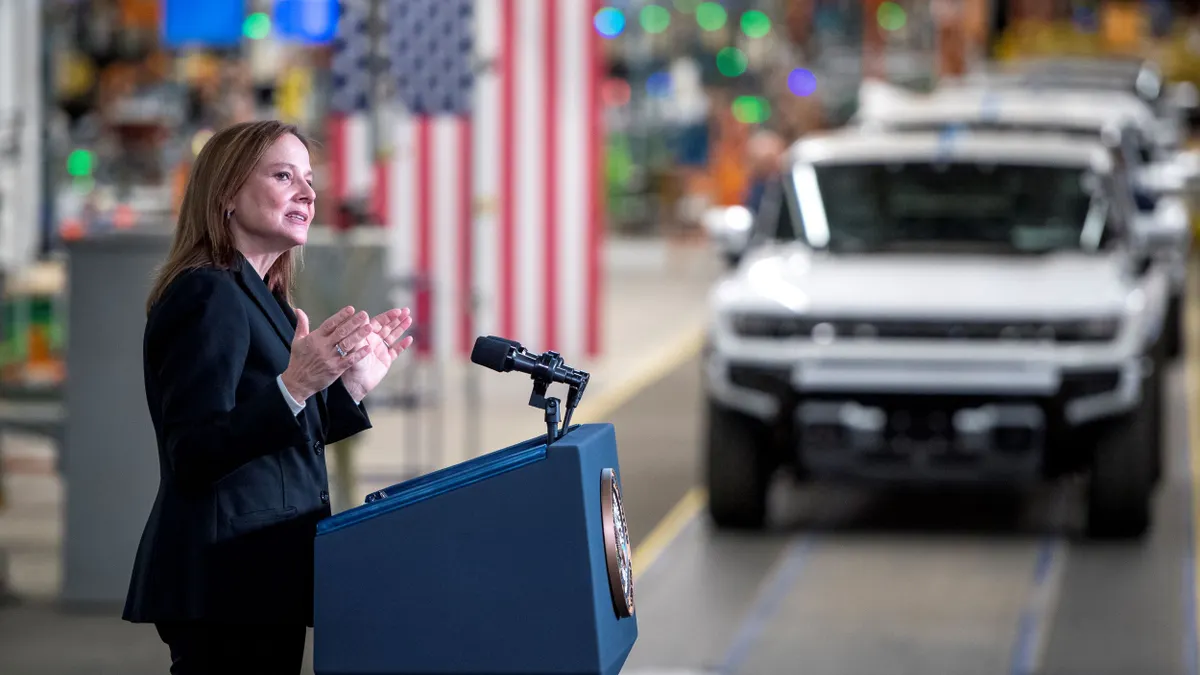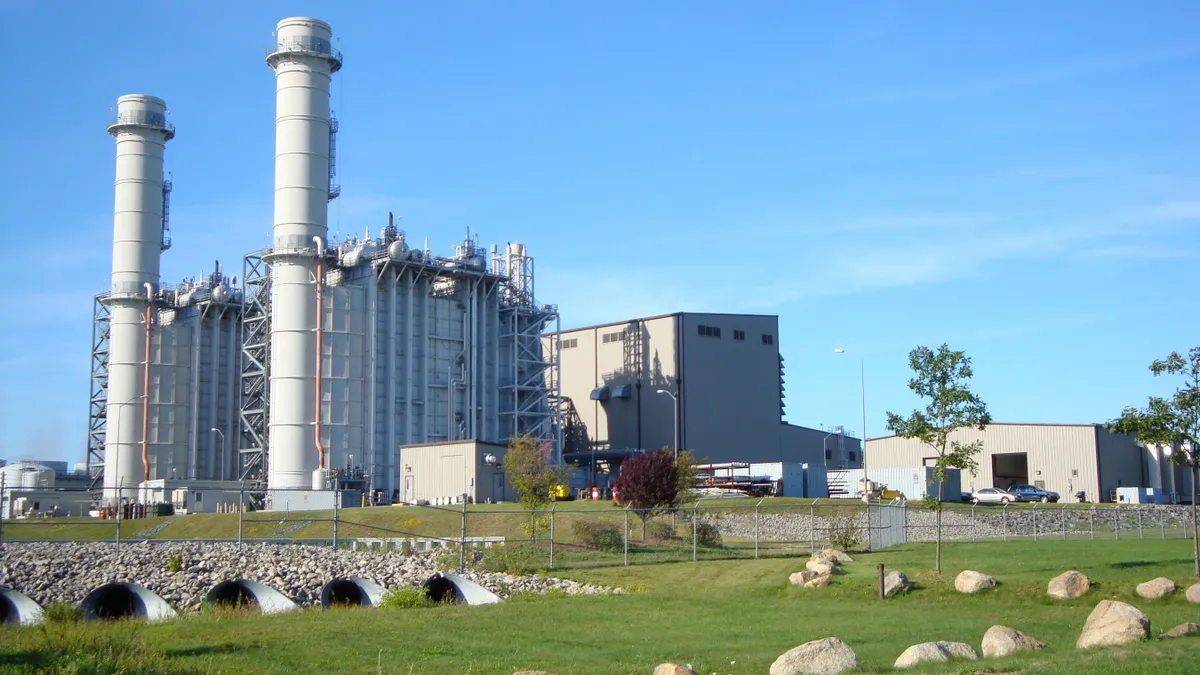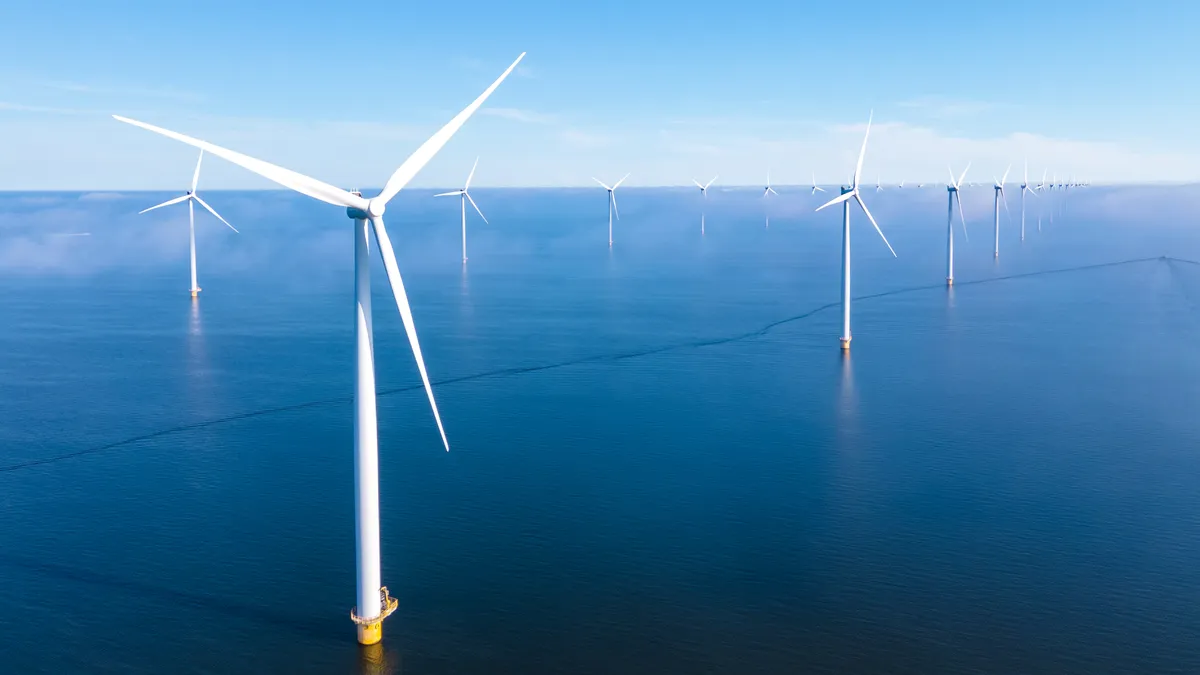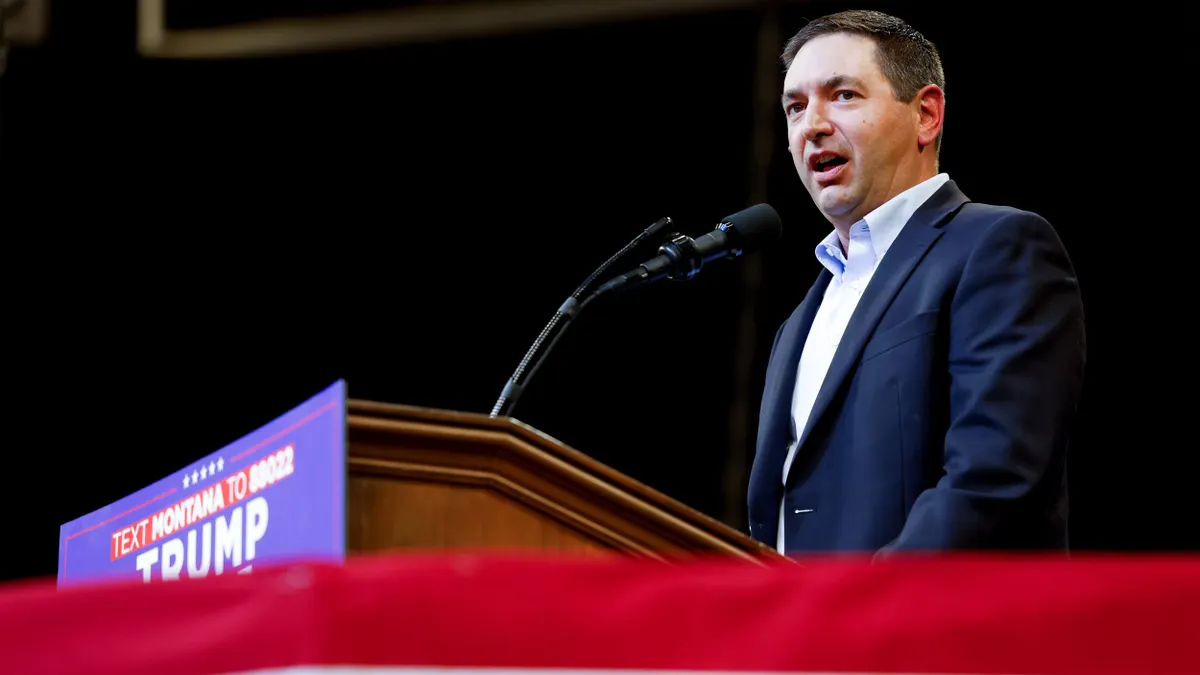Anna Shpitsberg is principal of WattsNext Advisory and former chief climate officer at the Development Finance Corporation. Previously, she served as deputy assistant secretary of energy transformation at the U.S. Department of State.
On July 4th, the budget reconciliation bill was signed into law, reversing course on a historic expansion of energy and manufacturing production in the U.S. The consequences won’t just impact corporations — every consumer will feel the sting.
The impact will ripple through the economy. Developers, in particular, need to move from concern to action, expediting their procurement processes and locking in key milestones to qualify for expiring credits. The pressure mounted not only with the bill’s passage, but with the July 7th executive order “Ending Market Distorting Subsidies for Unreliable Foreign Controlled Energy Sources.”
The order instructs the Department of the Treasury and the Internal Revenue Service to issue tighter guidance on safe harbor provisions by Aug. 18, adding uncertainty to what qualifies as the “start of construction” and thereby eligible for clean energy tax credits.
The reconciliation bill and executive order:
- accelerate credit phaseouts of technologies driving today’s growth in power capacity, with no exclusions for delays beyond control;
- impose new conditions on foreign ownership, without accounting for supply chain integration; and
- constrain credits for clean energy component manufacturing that spurred industrialization and job creation.
The combined impact is a recipe for economic drag and reverse growth, impacting jobs, electricity prices, investment and power supply.
The estimates are sobering. Energy Innovation projects 760,000 job losses by 2030, while a revised Center for Climate and Energy Solutions analysis projects over 2 million jobs could be lost over 10 years, with a $419 billion hit to GDP.
This doesn’t stop at the paycheck — it spills over to expenses. According to several studies, including the American Clean Power Association, electricity prices are expected to rise at least 10% owing to the increase in the cost of power projects. This increase would hit at a time when consumers are already strained by their utility bills. A survey conducted in April by the Smart Energy Consumer Collaborative found that a third of Americans struggle to pay their electricity bill. And that’s before factoring in the impact of new tariffs on critical grid components.
This economic stress comes just as the U.S. faces a power demand surge not seen in decades, one that will require investment in fast-to-market technologies such as solar and battery storage.
AI power demand, assuming access to power supply, is expected to add anywhere from 10 GW to 45 GW to the U.S. grid by 2030 — the upper bound is enough to supply 30 million households. The distribution of those costs is a highly debated topic, but the need to add supply quickly isn’t.
According to BloombergNEF, corporations announced 28 GW of clean energy power purchase agreements last year, with hyperscalers leading the charge. The United States is striving to remain dominant in AI, and the leaders of AI are equating their ability to scale with their ability to attain power. Policies that risk gigawatts of projects also risk putting that goal into limbo.
It’s not just domestic investment at risk — these policies also temper foreign direct investment. While leading the energy transformation team at the U.S. Department of State, I witnessed firsthand how the Inflation Reduction Act altered the investment landscape. International partners repeatedly told me that the U.S. threw a curveball that made them rethink how they plan to compete in the future of energy. At the same time, companies flooded in, eager to increase their U.S. presence not only in power projects but in manufacturing of their supply chains.
The U.S. was the market to be in with incentives and policy certainty. However, we have entered a time of regulatory ambiguity — a deterrent to investment and a snag on our credibility. We risk moving from a market of capital inflow to capital flight and becoming a cautionary tale.
Projects were being financed based on conditions set in the IRA. Accelerated phasedowns of clean energy credits, elimination of some credits altogether and new restrictions threaten the ability of projects to come into service. According to Segue Sustainable Infrastructure, 122 GW of projects could be canceled, equating to $211 billion in investment loss.
It is impossible to grow and sustain technological leadership while increasing policy uncertainty and widening the gap between goals and the tools to achieve those goals. The current package is not choosing fiscal responsibility over energy leadership. According to an analysis by the Penn Wharton Budget Model, the tax and spending law could reduce U.S. GDP by 0.3% and increase primary deficits by $3.2 trillion over 10 years.
Yet amid all the headwinds, demand is in industry’s favor, as it continues to climb. There will be losses, but the focus for utilities and system operators needs to be on stress testing their procurement plans under higher costs and delayed project timelines; vetting load requests in their territory; and conducting long-term planning to balance grid investment, reliability metrics and reasonable rates.
State policymakers should also evaluate the impact to economic growth and the labor market in their jurisdictions. As capital costs rise and project risk increases, states can support project viability by offering credit enhancement mechanisms, such as low-cost revolving loans or debt guarantees.
Developers that can move quickly may still meet qualifying deadlines. Those seeking technology-neutral tax credits for wind and solar projects must start construction by July 4, 2026 and be placed in service by the end of 2027. Projects that can start construction by the end of 2025 will avoid a new set of documentation requirements related to ownership and supply chains.
Historically, to show the start of construction, a taxpayer would need to either begin physical work on-site or off-site, or incur at least 5% of the project cost. But, the executive order issued on July 7th seeks a stricter definition that demonstrates a “substantial portion of a subject facility has been built.”
Developers and sponsors should engage the Treasury as they draft implementing guidelines to gain clarity on how best to schedule equipment orders and allocate labor. They should also share typical and best-case scenario timelines to support Treasury’s definition of “substantial.” In the meantime, documentation of supplier agreements, down payments on equipment, inspection logs and delivery receipts should all be reviewed for risk mitigation.
Equally important are the foreign entity of concern (FEOC) provisions that will disqualify projects that rely heavily on certain countries, including China, for equipment and investment. The guidance has expanded across technologies and use cases, and covers any “material assistance” from a FEOC country.
These changes will require meticulous due diligence, involving legal and finance teams, to evaluate ownership structure in equity and debt arrangements and exposure to FEOC across the supply chain.
This is the time for industry leadership. While policymakers work out implementation guidelines, industry leaders must move fast to hedge their risk. Some may even find opportunities — those who can demonstrate robust tracking and tracing protocols may be among the biggest winners in this environment.


